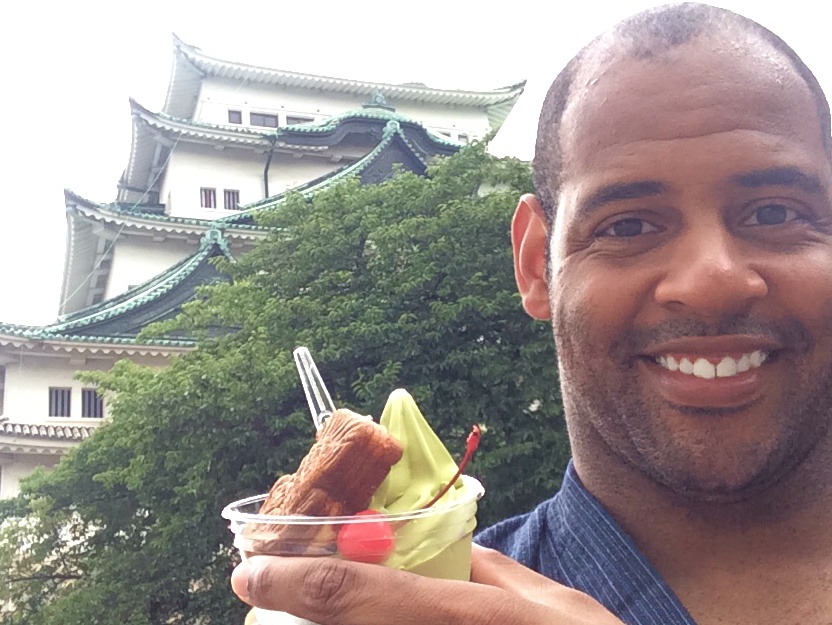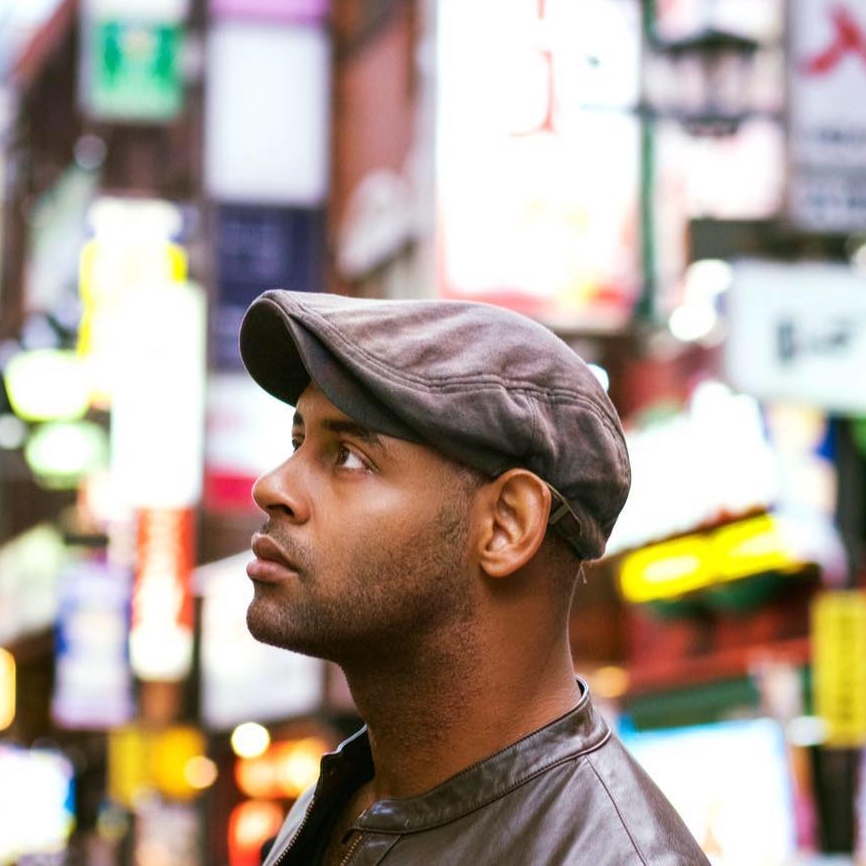Enjoy Culture Along the Shoryudo Ukiyo-e Route
Travel with us as we make our way northbound along the Shoryudo, or "Rising Dragon Route" in central Japan. On the first leg of the journey, we will examine significant places of cultural, historic and artistic interest that can only be found in the heart of Japan. And sample some unique ice cream flavors along the way!
By Wendell T. HarrisonNoritake Garden
Day three of the "Ukiyo-e Course" starts off with a trip to Noritake Garden. Noritake is a popular maker of high-quality ceramic goods. However, a larger part of the business is the manufacturing of grinding and polishing equipment for industrial purposes. Founded in 1904, Noritake brought Western-style to post-Meiji Japan and continues to be an innovator.
Once you've gotten yourself educated on the company's history, why not have a go painting your own designs. I am a big proponent of interactive tours, and this is a great way to firm up your knowledge on the ceramics world.
Osu Kannon
We made a brief stop at Yabaton for a delicious lunch of miso katsu, the Aichi twist on typical tonkatsu, or breaded pork, that sees the sliced meat slathered with a thick and hearty akamiso sauce. It was just the fuel we needed to continue our tour of Nagoya. The next stop was another popular spot in the heart of the city: Osu Kannon.
The entrance to Osu Kannon looks like a typical Japanese shopping arcade. Several shops and restaurants line the tiled pedestrian pathway as we make our way past the delicious smells all over.
Going deeper into the core, you'll finally get to Osu Kannon (大須観音), a Buddhist temple originally built in 1333. It was moved to its current location in 1612 due to repeated bouts of flooding. Before spending all your money shopping in the arcade, perhaps you can pray for some good bargains. Or, hang outside and feed the pigeons who loiter near the entrance of the temple.
The pigeons are certainly not shy here.
Nagoya Castle
Another accomplishment of Tokugawa Ieyasu is Nagoya Castle, which was in a strategically sound position to thwart attacks from western threats. Nagoya Castle is an impressive feat of architecture and served as the home of the Tokugawa main branch family. We had a nice opportunity to stroll around the castle grounds, noticing the ornate golden dolphins that adorn the rooftops and even spotted a small family of deer wandering the grounds. Unfortunately, much of the castle was destroyed in World War II. It wasn't until 1959 when the castle was reopened to the public.
And if the historical appeal of the buildings isn't enough, you can also catch a performance here with talented actors and dancers taking the mantle of important figures of Japanese history.
Ice Cream Spot #4
I couldn't think of a better way to wrap up this leg of the Shoryudo tour than with my daily dose of ice cream. On the castle grounds, there's a stall that sells a few varieties of ice cream, including this matcha soft cream. What makes it unique is the taiyaki that accompanies the dessert. Taiyaki is a filled cake, usually in the shape of tai, or sea bream. However, as this is Nagoya Castle, the cakes here resemble the dolphins atop the castle roof. It was a delightful ending to a sweet tour and only a taste of what's to come.
Shoryudo extends from the south central prefecture of Shizuoka all the way up to Ishikawa Prefecture. Join us for the second leg of the tour where we visit some of the most iconic and historic sites in Japan, including Shirakawa-go, Kenrokuen and even the small town that inspired scenes from the hit anime movie Your Name (Kimi no Na wa).






